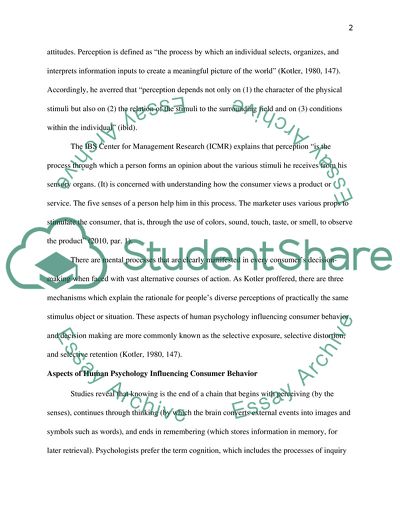Cite this document
(The Role of Perception in the Design of Effective Marketing Activities Term Paper, n.d.)
The Role of Perception in the Design of Effective Marketing Activities Term Paper. Retrieved from https://studentshare.org/marketing/1740444-illustrate-with-examples-the-ways-in-which-an-understanding-of-perception-can-assist-marketers-in-designing-effective-marketing-activities
The Role of Perception in the Design of Effective Marketing Activities Term Paper. Retrieved from https://studentshare.org/marketing/1740444-illustrate-with-examples-the-ways-in-which-an-understanding-of-perception-can-assist-marketers-in-designing-effective-marketing-activities
(The Role of Perception in the Design of Effective Marketing Activities Term Paper)
The Role of Perception in the Design of Effective Marketing Activities Term Paper. https://studentshare.org/marketing/1740444-illustrate-with-examples-the-ways-in-which-an-understanding-of-perception-can-assist-marketers-in-designing-effective-marketing-activities.
The Role of Perception in the Design of Effective Marketing Activities Term Paper. https://studentshare.org/marketing/1740444-illustrate-with-examples-the-ways-in-which-an-understanding-of-perception-can-assist-marketers-in-designing-effective-marketing-activities.
“The Role of Perception in the Design of Effective Marketing Activities Term Paper”. https://studentshare.org/marketing/1740444-illustrate-with-examples-the-ways-in-which-an-understanding-of-perception-can-assist-marketers-in-designing-effective-marketing-activities.


